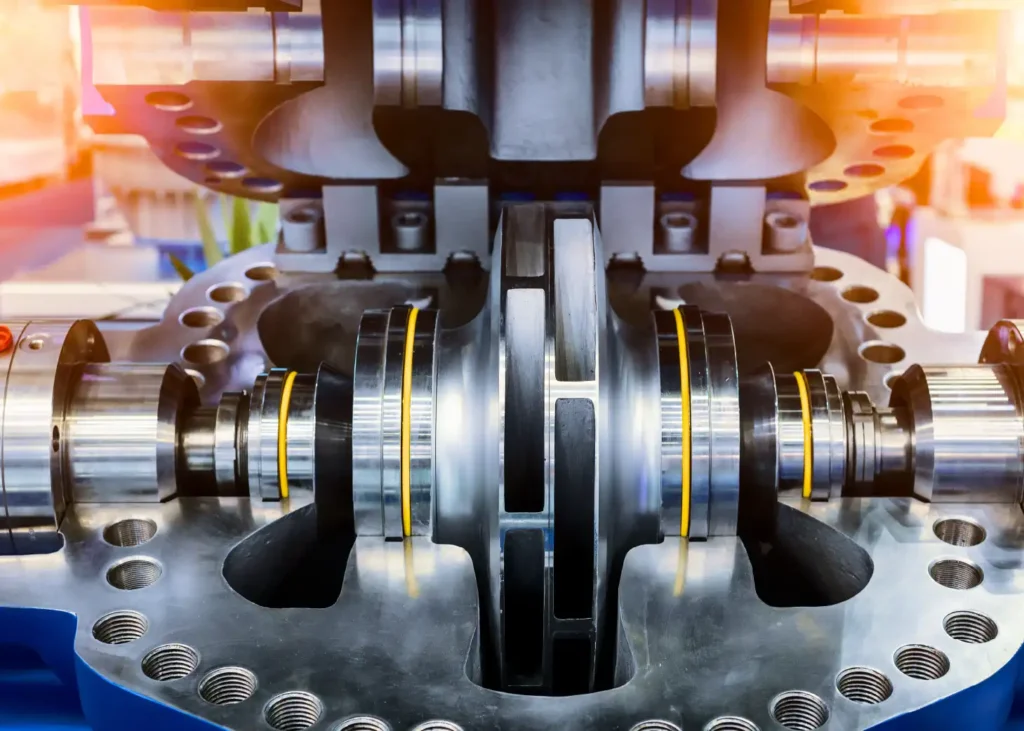Selecting the right pump is more than matching flow and pressure requirements—it’s about optimizing performance, minimizing energy costs, and supporting long-term operational goals. One of the most effective ways to make the right choice is by understanding pump efficiency and how it impacts total cost of ownership.
What Is Pump Efficiency?
Pump efficiency measures how well a pump converts energy input into useful hydraulic output. Specifically, it’s the ratio between the shaft horsepower (input) and water horsepower (output).
In an ideal world, a pump would operate at 100% efficiency, meaning no energy loss. But in practice, every pump experiences losses due to friction, heat, or turbulence. Most high-performing pumps fall within the 70% to 90% efficiency range under ideal conditions.
What Is Pump Efficiency?
An inefficient pump can significantly increase operational costs. While a low-cost pump might seem appealing upfront, it often leads to higher expenses over time. Here’s how it typically breaks down:
How the Total Cost of Pump Ownership Breaks Down
5% – Purchase cost
10% – Maintenance and repair
85% – Energy and electrical costs

This means the vast majority of a pump’s lifetime expense is tied directly to how much energy it consumes. Selecting a more efficient pump can lead to thousands of dollars in savings over the pump’s lifecycle—especially in energy-intensive industries.
How Do You Evaluate Pump Efficiency?
To determine if a pump is operating efficiently, always start with the pump performance curve. Locate the Best Efficiency Point (BEP)—the point where the pump delivers flow and head with the least amount of energy waste. Your goal is to select a pump that will operate as close to this point as possible under real-world conditions.
Beyond the BEP, also review:
Net Positive Suction Head Required (NPSHr): Make sure your system can provide more NPSHa than the pump requires to avoid cavitation.
Total Dynamic Head (TDH): Ensure your pump can overcome system resistance and elevation changes.
Impeller Diameter: A trimmed or resized impeller may help hit your target performance with less wasted energy.

What Are the Risks of Choosing an Inefficient Pump?
Operating below 70–80% of a pump’s BEP can lead to:
Increased wear and tear
Higher energy consumption
Premature pump failure
Inconsistent system performance
It’s often better to select a slightly more expensive pump that aligns closely with your system curve than to run an undersized or oversized model inefficiently.
How Does Pump Efficiency Support Sustainability?
Choosing energy-efficient pumps doesn’t just save money—it also helps your facility reduce its environmental footprint. Sustainability benefits include:
Lower electricity usage and demand
Fewer repairs and replacements, reducing material waste
Improved equipment life and reliability; minimizing downtime
Support for LEED certification efforts
Final Thoughts: How to Choose the Right Pump
Pump selection is not just about flow and pressure—it’s about total performance, energy efficiency, and long-term value. To choose the best pump for your application:
Start with the BEP on the performance curve
Check NPSHr, TDH, and impeller diameter
Factor in lifecycle costs, not just purchase price
Aim for long-term efficiency to support sustainability goals
Making smart pump choices now can prevent costly headaches—and unnecessary energy waste—down the line.
